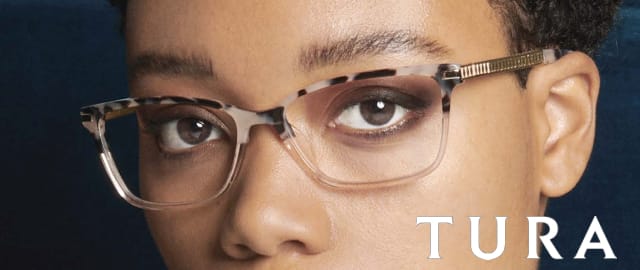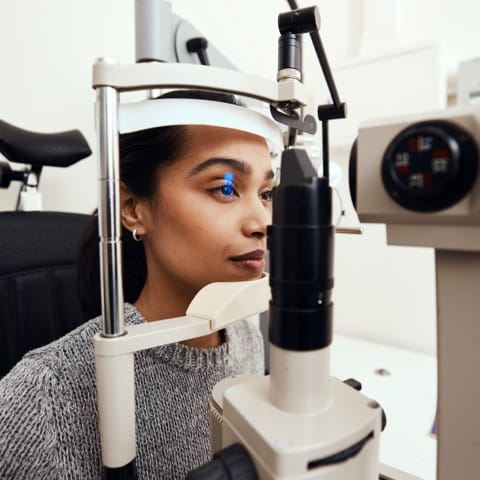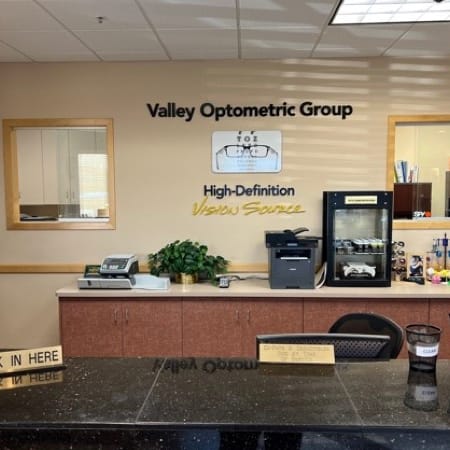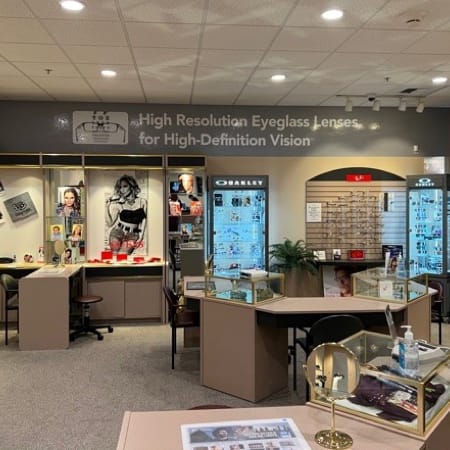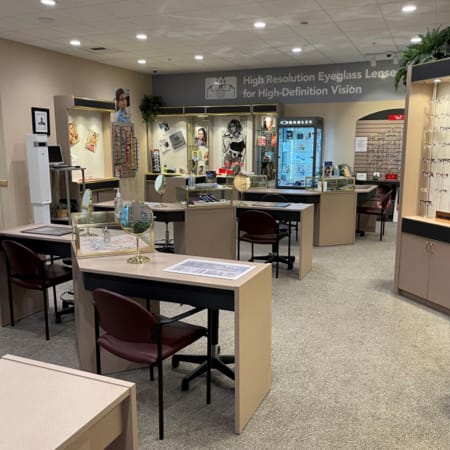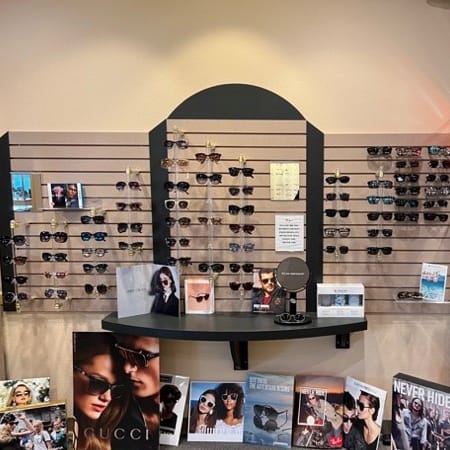Preventing Myopia Progression
Myopia (nearsightedness) is one of the most common vision problems—and it’s on the rise. Health experts predict that 50% of the global population will have myopia by 2050. There are multiple risk factors for myopia, from genetics to screen time, and it’s a growing concern in children.
Valley Optometric Group offers myopia control to prevent the progression of myopia in children. Contact us to learn more about protecting your child’s vision.


What Causes Myopia?
Myopia is a refractive error caused by a long eye shape (measured front to back) or an abnormally shaped cornea (the transparent front of your eye). The irregular shape changes how light refracts (bends), focusing in front of the retina rather than on it. People with myopia experience blurry distance vision, but near-vision remains clear.
There are multiple risk factors leading to myopia development, including:
- Family history of myopia
- Excessive near-vision work (computers, reading, etc.)

Methods for Managing Myopia
People with moderate to severe myopia have several options for managing their vision. Some options focus on correcting blurry vision, while others are best for preventing worsening myopia.
Prescription lenses are the most common form of vision correction. Many eye doctors favor a glasses-first approach, as eyeglasses can be more easily adjusted. Contact lenses are an equally popular option, as there are multiple options available to address the issue. There are also contact lens options for slowing myopia progression.
Surgery, including laser eye surgery is generally considered the last option, as there are more risks. Additionally, surgery can correct vision, but it doesn’t stop the eyeball from growing. Laser eye surgery is typically recommended after myopia progression has slowed, commonly after age 20.Some treatments for preventing worsening myopia include corneal refractive therapy, multifocal contacts, and low-dose atropine drops.
Ortho-K
Orthokeratology (ortho-K) or corneal refractive therapy (CRT) uses contact lenses to control myopia by slowing eye growth. The treatment uses gas permeable (hard) contact lenses, worn overnight, to reshape the cornea. The contacts are not worn during the day.
Although ortho-k doesn’t reverse myopia, it can effectively improve vision for up to 2 days after treatment. However, patients are encouraged to wear ortho-k contacts every night to maintain the effects long-term.
Multifocal Contacts
Multifocal contacts are designed to include multiple prescriptions. One of the most common types is bifocal contacts, where there are 2 prescriptions in 1 contact. For example, patients with presbyopia and myopia can use a single contact lens to correct near-vision and distance-vision.
A modified version of multifocal contacts can be effective in myopia control. The unique lens corrects vision and helps slow myopic progression.

Myopia Control with Valley Optometric Group
Managing vision problems early can protect sight. Visit our practice for children’s eye exams to learn more about your child’s unique eye care needs. After an assessment, we can work together to develop a custom plan for your child’s success.
Book an appointment with Valley Optometric Group for myopia control.

Our Location
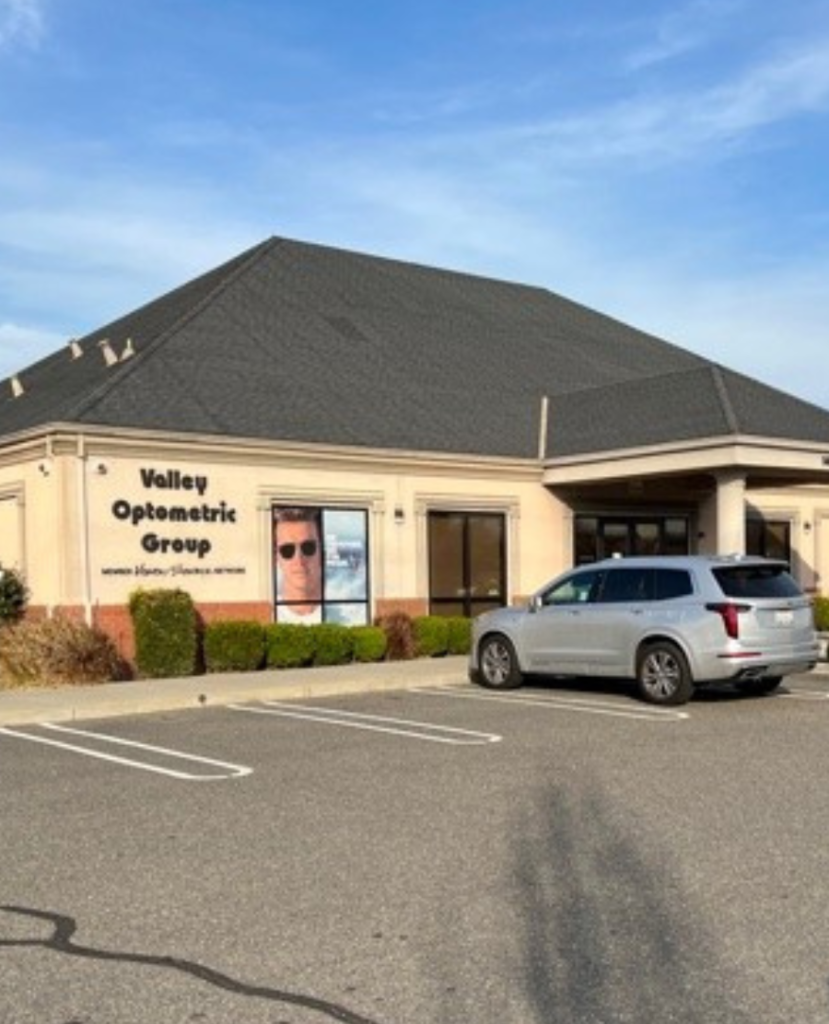
Visit us
Valley Optometric Group is located on the corner of Kingswood Drive and Sylvan Avenue, right near Beyer Community Park.
If you’re having trouble finding our practice, please give us a call!
- Phone: 209-527-6640
- Email: info@valleyoptometricgroup.com
- 1401 Sylvan Ave
- Modesto, CA 95355
Hours of Operation
- Monday: 7:30 AM – 5:00 PM
- Tuesday: 7:30 AM – 5:00 PM
- Wednesday: 7:30 AM – 5:00 PM
- Thursday: 7:30 AM – 5:00 PM
- Friday: Closed
- Saturday: Closed
- Sunday: Closed
Closed: 12:00 PM to 1:00 PM daily for lunch
Our Brands

